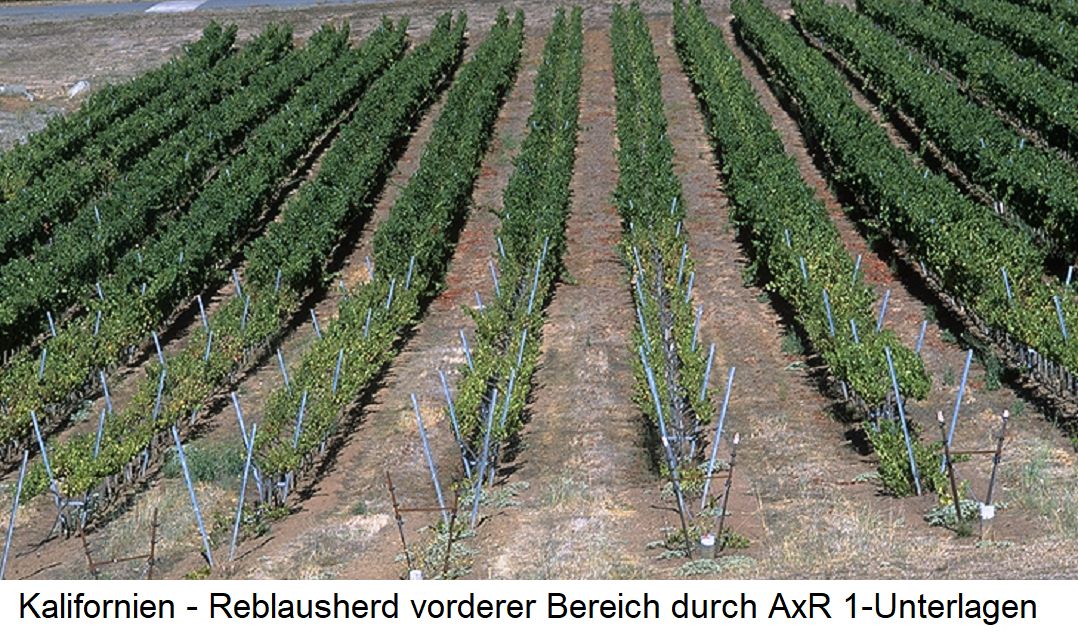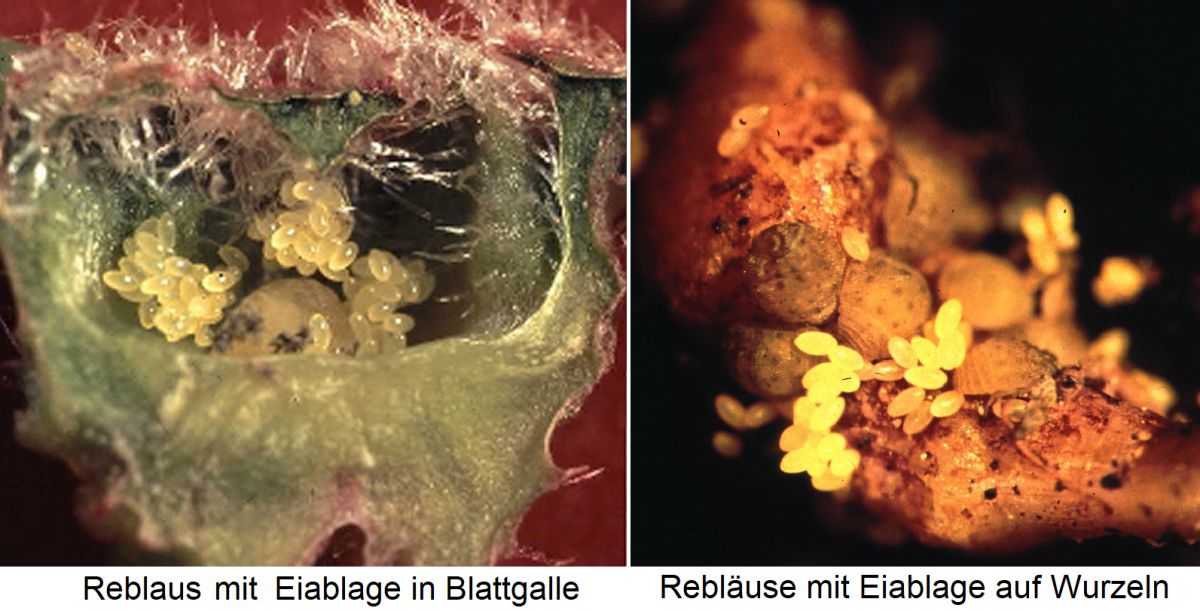The French breeder Victor Ganzin developed a series of hybrid rootstocks in 1879 by crossing the variety Aramon Noir with an American wild vine Vitis rupestris, which he called AxR (Aramon x Rupestris) for short after the parents. The most successful of these was AxR 1 (in France, Australia and New Zealand it is called ARG 1). This was initially very popular in France and overseas due to its vigour and yield. As early as 1903, however, its insufficient resistance to phylloxera and its short life were recognised in France and its use was therefore abandoned.

Field trials at the University of California
After the Second World War, the University of California at Davis carried out extensive field trials to find suitable rootstocks. At the beginning of the 1960s, Davis experts recommended the use of the AxR 1 rootstock in coastal winegrowing regions, which was then also carried out on a large scale in California. The experiences and warnings from Europe, for example by the French oenologist Dr Denis Boubals (1926-2007), were not heeded. The scientist Albert Julius Winkler (1894-1989) and others justified this decision as " the choice of a rootstock cannot be based solely on its resistance to phylloxera". The phylloxera symptoms appeared relatively late in the early 1980s, when numerous California vineyards were attacked by the pest. For a long time, however, Davis was unwilling to admit the mistake and advise against the rootstock vine AxR 1.

Severe damage in California
It was not until 1989 that the university indicated that the AXR 1 was not resistant. The reason given was a new phylloxera variant of "Biotype B". However, this is rather unlikely, because vineyards planted with other rootstocks were not attacked by the pest. All vineyards planted with the AxR 1 rootstock had to be grubbed up, the total damage was estimated at one billion dollars. One of the first vineyards affected was Martha's Vineyard, whose 14 hectares of Cabernet Sauvignon had to be replanted in 1993. In order to minimise the damage, attempts are being made to prolong the life of the infested vineyards by using disinfectants. It is estimated that about three quarters of all Californian vineyards were affected. Quite a few wineries faced financial ruin, partly mitigated by government subsidies. As a result, many stocks were replaced by high-quality varieties in a major clean-up operation. See also under grafting.
Vineyard: By Bauer Karl - Own work, CC BY 3.0 at, Link
Grape aphids: By Joachim Schmid, Geisenheim - Own work, CC BY 3.0 en, Link
Voices of our members

I have great respect for the scope and quality of the wein.plus encyclopaedia. It is a unique place to go for crisp, sound information on terms from the world of wine.
Dr. Edgar Müller
Dozent, Önologe und Weinbauberater, Bad Kreuznach